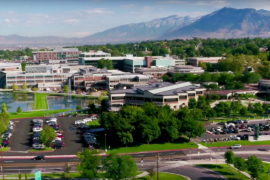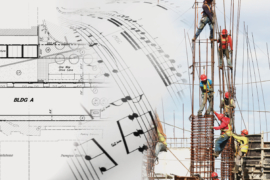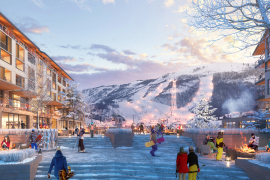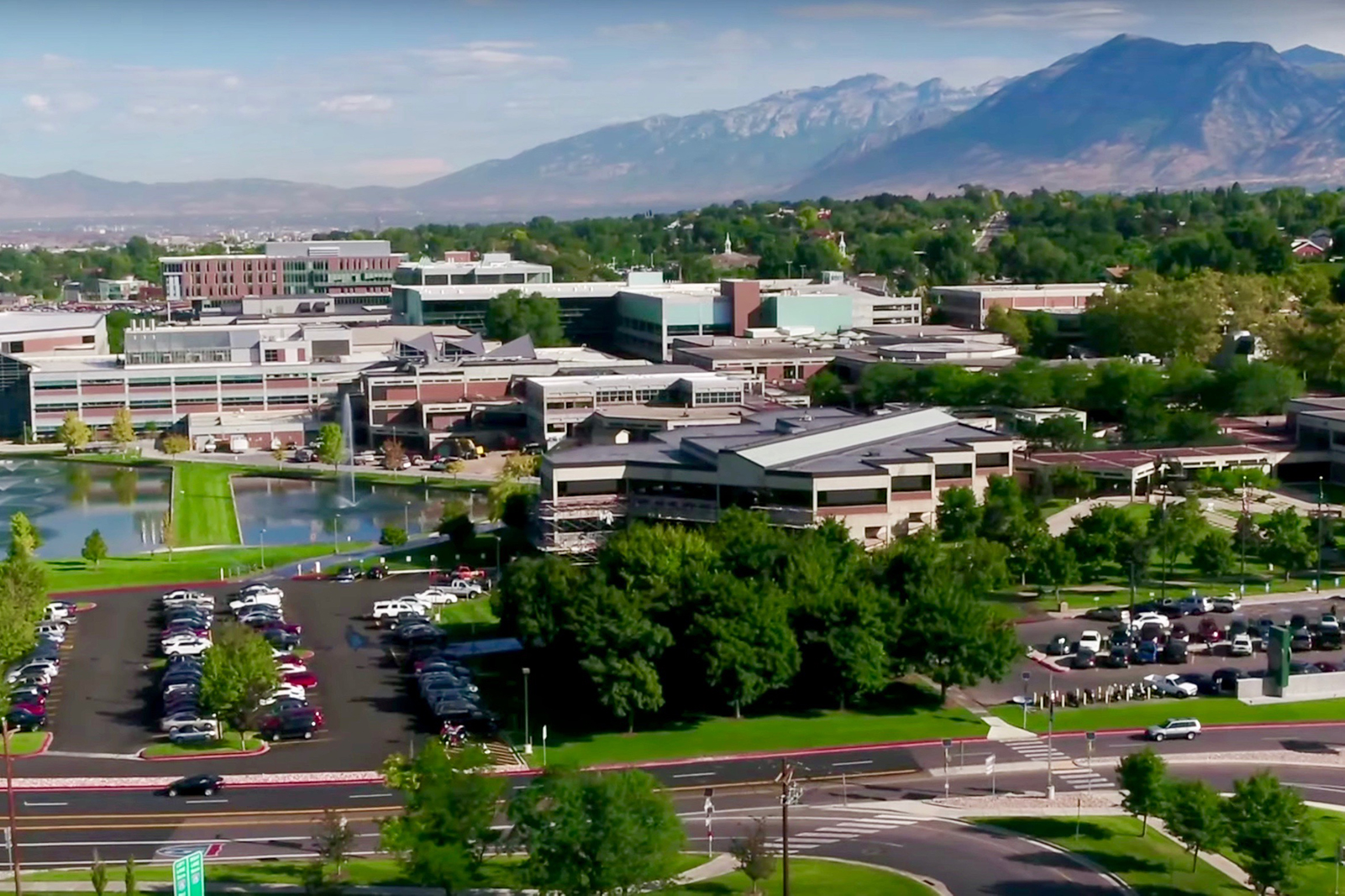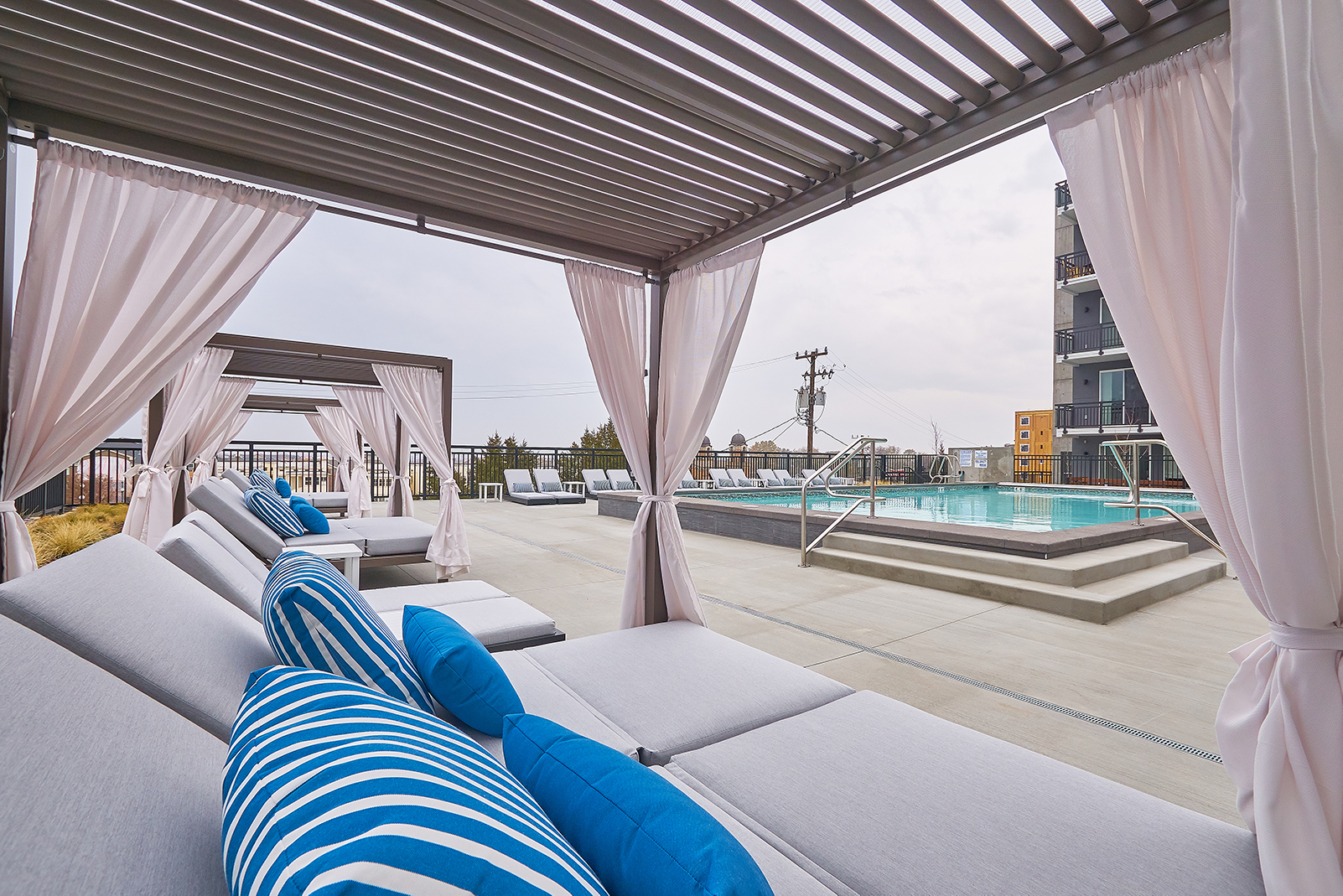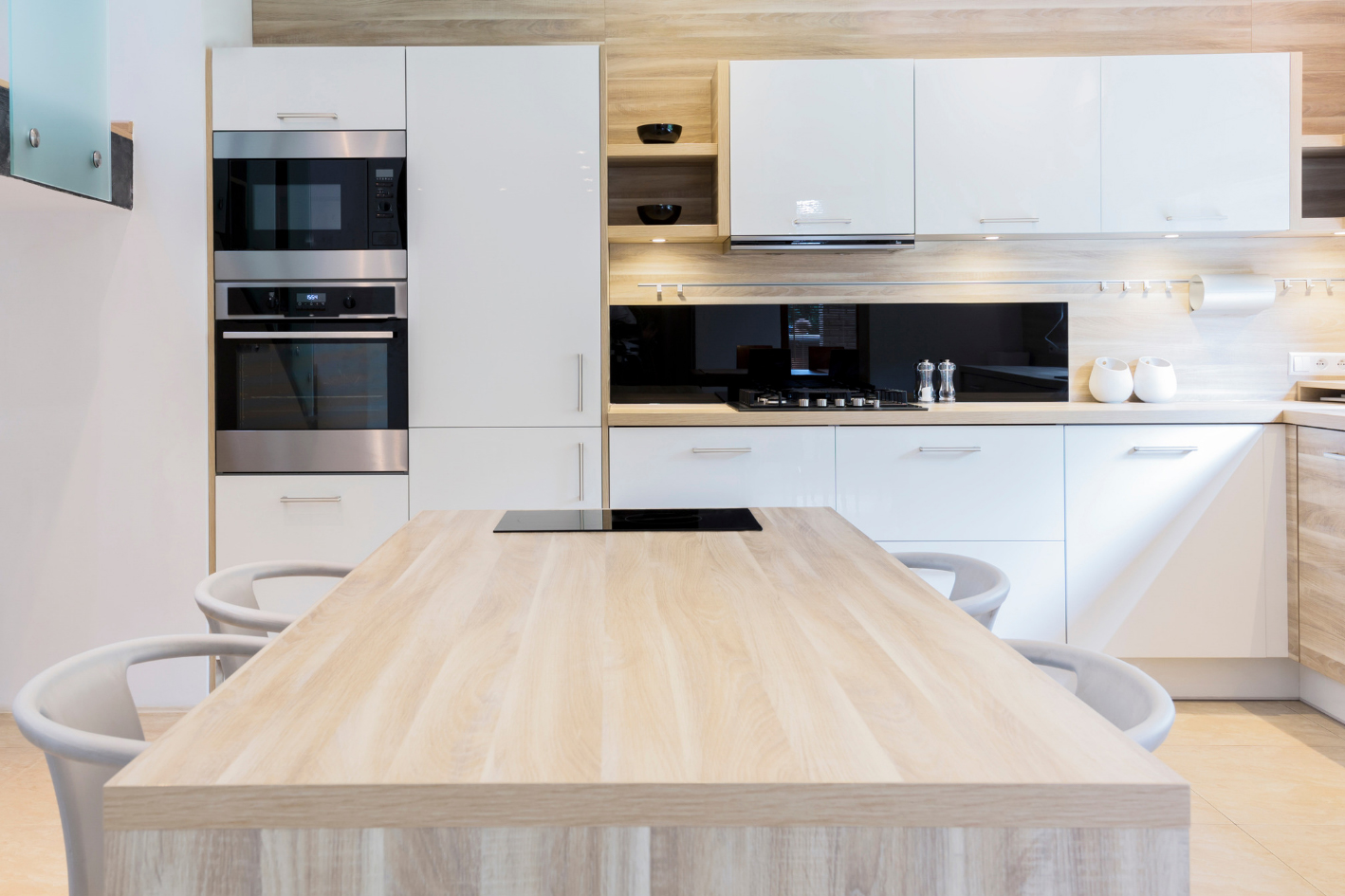If you’ve been in any way connected to the construction world over the last 7 years, you know that construction costs have been on a seven-year upward trajectory. Everyone I talk to including local contractors, national contractors, brokers, and developers all tell the same story: costs are going up at a rapid clip. In many cases, even general contractors can’t keep up with the cost changes coming from the sub-contractor market and vendors. So, what’s driving it? At the end of the day, it all comes down to supply and demand. Material suppliers are increasing costs on a fairly regular rhythm, labor is tight and wages are increasing, sub-contractors are busy, and overhead and profit margins are healthy – maybe even fat. The graph below that PEG curated using data from edzarneski.com tells the story well.
So, what does the future hold? Development and construction aren’t much different than picking futures. We are planning projects, projecting costs and revenues, and planning that the revenue versus cost calculus all adds up to our anticipated returns – all of that with a thousand moving parts. Sounds exciting, doesn’t it?
My Crystal Ball Predictions on What Lies Ahead
Personally, I see an economic slowdown in the next year or so (okay, that’s not my crystal ball, that’s a lot of people’s views).
Last month on Fox Business, Robert Shiller, Economist and Author of Narrative Economics said, “There will be another recession, I give it a 50% chance in 2020. We’re on a tipping point now.” In fact, residential construction spending has been down since a high in February 2018, declining in 11 of 18 months since essentially resulting in flat residential construction spending in 2019. So, what does that mean for non-residential construction costs in 2020? In my opinion, not much, at least not for the large-scale construction projects we do at PEG. The evidence is pointing to a large backlog of work that will carry the construction industry through 2020 and result in continued upward pressure on costs. If, in fact, we experience a moderate recession in 2020, then I would anticipate that construction cost increases will moderate in 2021, which all leads me to another topic for another day: “How do we improve construction methods and processes resulting in cost effectiveness for the 21st century?”






